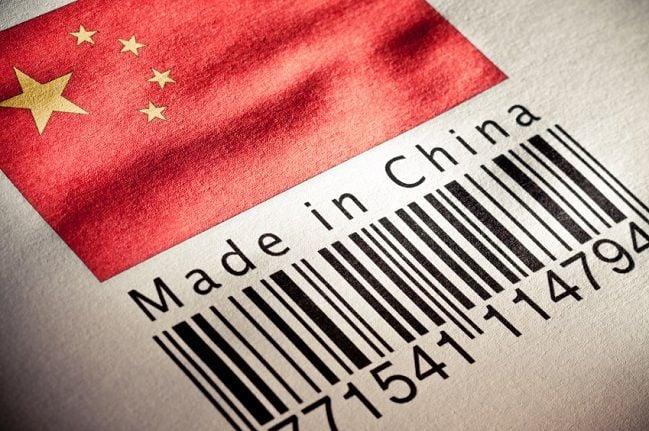Where ‘Made in China 2025’ missed the mark

Content Index
China Misses Tech Goals from “Made in China 2025” Plan, Faces Global and Domestic Challenges BEIJING — China has not met several major goals from its ten-year “Made in China 2025” plan, aimed at becoming more self-reliant in technology, according to a new report by the European Chamber of Commerce in China. Instead, the plan has caused unhealthy competition in industries and added to global trade tensions.

The plan, launched in 2015, was criticized for promoting Chinese companies at the cost of foreign ones. Although China stopped openly promoting the initiative, it has continued focusing on developing local technology, especially after facing tech restrictions from the U.S.
According to the European Chamber, China did well in areas like electric cars, high-speed trains, and shipbuilding. However, it missed targets in aerospace, advanced robotics, and manufacturing growth. The domestic aircraft project C919, for example, still uses many parts from the U.S. and Europe. While factory automation has increased, much of it is powered by foreign tech.
The growth rate of manufacturing value-added fell short too—6.1% in 2024 compared to the goal of 11%. Still, China now contributes 29% of global manufacturing value-added—equal to the U.S. and Europe combined.
You may also like
JPMorgan Sues More Customers Over ‘Infinite Money Glitch’
“China didn’t hit all its targets, but it still made big progress,” said Jens Eskelund, President of the EU Chamber. He noted that if China had reached its full manufacturing goals, it would have put even more pressure on global rivals.
Meanwhile, the U.S. has been trying to limit China’s access to high-end technology and encouraging American manufacturing at home. This week, the U.S. required licenses for Nvidia and AMD to export certain AI chips to China. Nvidia is expected to take a $5.5 billion hit because of these rules.
Despite this, Chinese firms are pushing forward. Lionel Ni, president of Hong Kong University of Science and Technology’s Guangzhou campus, said the restrictions have forced China to make products it used to import, such as chips and equipment.
You may also like
The Drawbacks of a Joint Mortgage
China’s current five-year plan, which focuses on boosting the digital economy, ends in December. The next one is due in 2025.
China Making Progress
While full tech independence may still be far off, Chinese companies are making rapid advances. Huawei, a telecom giant banned in the U.S. since 2019, launched a 5G smartphone last year and developed its own operating system separate from Android.
You may also like
Rural roads ‘a barrier’ to nation residing, survey finds

A think tank report from the U.S.-based Center for Strategic and International Studies said U.S. chip export controls briefly slowed China’s semiconductor progress but also pushed China to double down on local development. Huawei’s latest phone reportedly uses 33 Chinese components and only 5 from abroad.
Huawei’s revenue jumped 22% in 2024—its fastest growth since 2016. It spent 20.8% of its earnings on research and development (R&D), far above its usual target of 10%. Across the board, Chinese manufacturers hit the national target of spending 1.68% of operating revenue on R&D.
Eskelund pointed out that European companies should reflect on their own efforts. “Huawei is investing heavily in R&D. Are European companies doing enough to stay ahead?” he said. By comparison, ASML spent 15.2% and Nvidia 14.2% of sales on R&D in 2024.
You may also like
How to Invest Without Betting on the Stock Market
Problems with Overcapacity and Fierce Competition
However, more spending doesn’t always mean better results. China’s electric car industry, for example, is in a price war, with most companies losing money to stay competitive. This kind of intense internal competition is called “neijuan” in China, meaning involution.
“China’s progress has come with problems,” Eskelund said. Many industries are over-saturated and struggling. The push to meet “Made in China 2025” goals has increased this problem, and raised global concerns about tech security.
In March, Premier Li Qiang called for efforts to stop involution—repeating a message from a high-level Communist Party meeting last year. As the economy slows, competition has made things worse: 20% of listed companies in China reported losses for the first time in 2024, and nearly 48% had losses overall.
To fix things, China now wants to boost consumer spending, shifting away from a heavy focus on manufacturing. But so far in 2024, retail sales growth is still behind factory output, according to government data.
Eskelund said it’s important to align production with what people actually want to buy. “It doesn’t help to grow manufacturing if no one’s buying the products,” he said. However, when asked what policies might help solve the overproduction issue, he added, “We’re still waiting to see what the government will do.”
